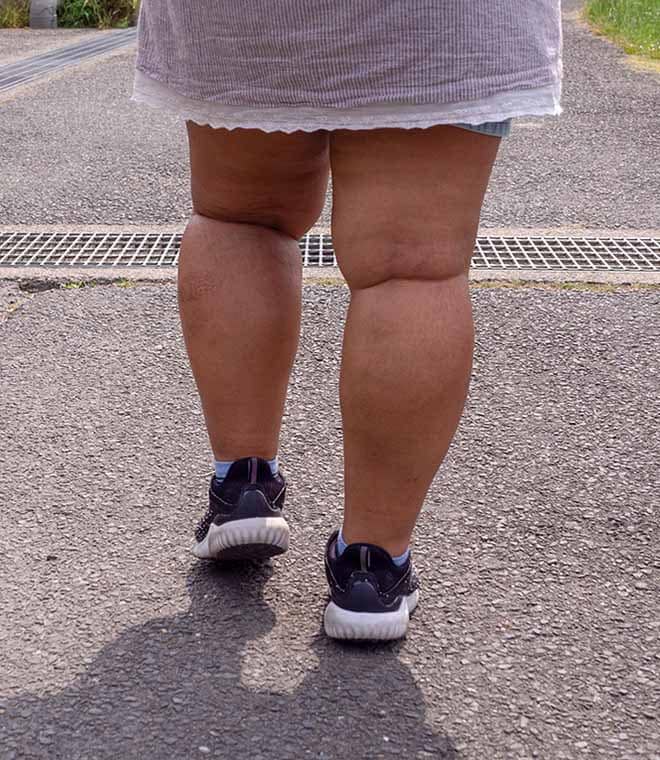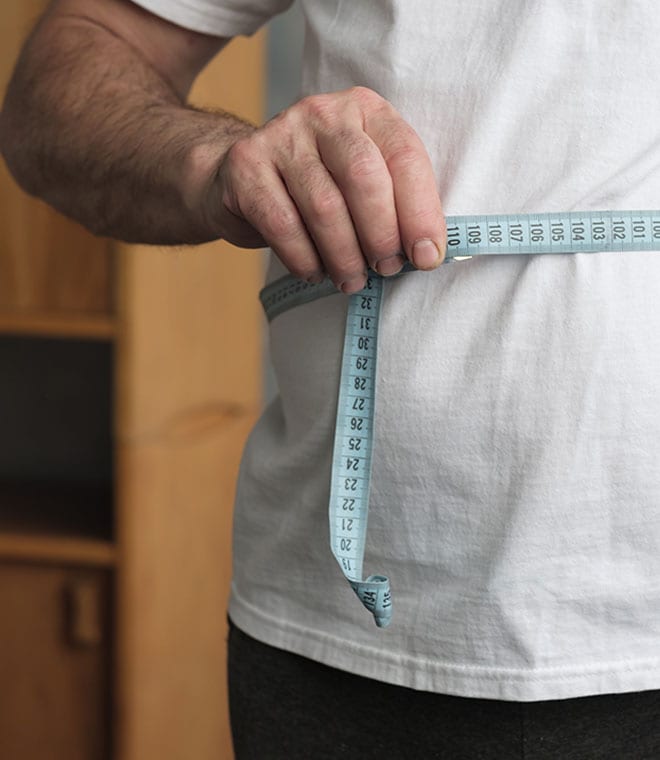Health
What is obesity hypoventilation syndrome?
By Ruben J. Rucoba, MD Mar 12, 2024 • 6 min
Obesity hypoventilation syndrome (OHS) is a type of breathing disorder that affects some people with obesity. Although OHS can have serious health consequences, it is treatable.
What is obesity hypoventilation syndrome?
Obesity hypoventilation syndrome is a condition characterized by three components:
- Obesity, defined as a body mass index (BMI) measurement of 30 or higher. BMI is calculated by dividing a person’s weight in kilograms by the square of their height in meters, weight (kg)/[height (m2)].
- Hypoventilation, which is breathing that is too shallow or slow to meet the needs of the body and cannot be explained by some other source, such as nerve damage.
- Sleep-disordered breathing, such as sleep apnea.
OHS results in too much carbon dioxide and too little oxygen in your blood. It is also known as Pickwickian syndrome, after a character from a Charles Dickens' novel.
Who gets obesity hypoventilation syndrome?
In the general population, OHS is uncommon, affecting only 0.4% to 0.6% of adults, but it is often undiagnosed. Among those classified as obese, OHS is much more common, and the risk grows with increasing BMI.
BMI incidence of OHS
As BMI increases, so does the risk of developing OHS. People with a BMI greater than 50 have a 50% chance of developing OHS, and they’re more likely to develop the condition if they are male. OHS usually begins in people ages 50 to 60 or older.
Over 90% of people with OHS also have obstructive sleep apnea.
What causes obesity hypoventilation syndrome?
The causes of OHS are not entirely known, but it seems to be caused by some combination of the brain not being able to correctly manage your breathing, hormones from excess fat that cause you to breathe ineffectively and extra weight on your chest that impairs your breathing.
What happens to you if you have obesity hypoventilation syndrome?
Symptoms of OHS include:
- Choking during sleep
- Daytime hypersomnolence or sleepiness
- Fatigue
- Shortness of breath
- Dizziness
- Headaches
- Impaired concentration and memory
- Loud snoring
- Depression
- Resuscitative snorting where snoring is interrupted by periods of silence. The silence is then interrupted by snorting.
Long-term complications of OHS include:
- Pulmonary hypertension, which is high blood pressure in the pulmonary arteries
- Erythrocytosis/polycythemia, which is excess production of red blood cells, a common bodily response to low oxygen levels
- Right-sided heart failure, also known as cor pulmonale
- Respiratory failure and death
How is OHS diagnosed?
Those who have OHS often don’t realize they have it. Typically, their bed partners witness their disordered sleep and raise concerns.
Based on your weight and reports or suspicion of a sleep disturbance at night, your healthcare provider may order tests to determine if you have OHS. These tests include a measurement of daytime (awake) carbon dioxide, which is often a blood test, and a sleep study, while measuring exhaled carbon dioxide, which is the gold standard test for OHS.
Other tests may include an EKG (electrocardiogram or a tracing of the rhythm of the heartbeat), pulmonary function tests (in which you blow into a machine that gives the healthcare provider information about your lung capacity), a chest X-ray and other blood tests to check for polycythemia or elevated bicarbonate (a less specific marker of high carbon dioxide in the blood).
How is OHS treated?
First-line therapy for OHS includes:
- Weight loss/lifestyle changes. Any weight loss program should be supervised and controlled. Lifestyle changes include dietary changes, exercise and behavior modification. It is often difficult for a person with OHS to achieve adequate weight loss (some may need to lose 100 pounds) and sustain it, so some may need second-line therapies.
- Positive airway pressure. A mask is placed over the nose and mouth at night and is connected to a machine that provides pressure to keep the airway open. Continuous PAP (CPAP) is the most common machine used, but other types are available.
Second-line therapy for OHS includes:
- Tracheostomy and nighttime ventilation. This is a rarely used therapy that consists of creating a hole in the neck in order to bypass the mouth and nose for breathing (tracheostomy) and using a machine to help you breathe (nighttime ventilation). This is only utilized when PAP is ineffective.
- Bariatric surgery. For those who can’t lose sufficient weight through lifestyle changes, bariatric surgery can be helpful.
- Medicines. Weight loss medication may be prescribed for those who haven’t seen significant weight loss from lifestyle and dietary changes.
Though rare in the general population, OHS is common among people with obesity. If you are worried that you or a loved one might be at risk for OHS, see your healthcare professional for an evaluation and treatment plan.
Clinically reviewed and updated by Julie McDaniel, MSN, RN, CNRI, March 2024.
Sources:
- https://www.nhlbi.nih.gov/health-topics/obesity-hypoventilation-syndrome
- https://medlineplus.gov/ency/article/000085.htm
- https://www.thoracic.org/patients/patient-resources/resources/obesity-hypoventilation-syndrome.pdf
- https://my.clevelandclinic.org/health/diseases/24393-obesity-hypoventilation-syndrome
- https://www.cdc.gov/healthyweight/assessing/bmi/adult_bmi/index.html
- https://www.uptodate.com/contents/clinical-manifestations-and-diagnosis-of-obesity-hypoventilation-syndrome
- https://www.sleepapnea.org/sleep-health/obesity-and-sleep-apnea/
- https://my.clevelandclinic.org/health/diseases/23468-erythrocytosis




